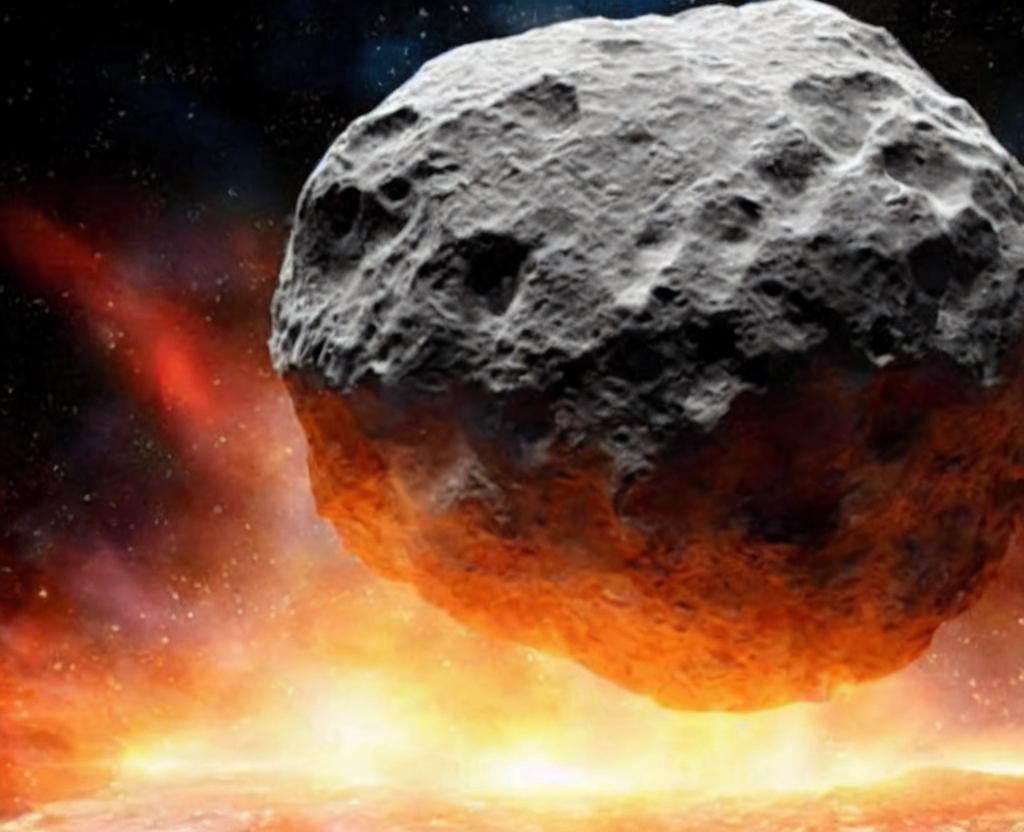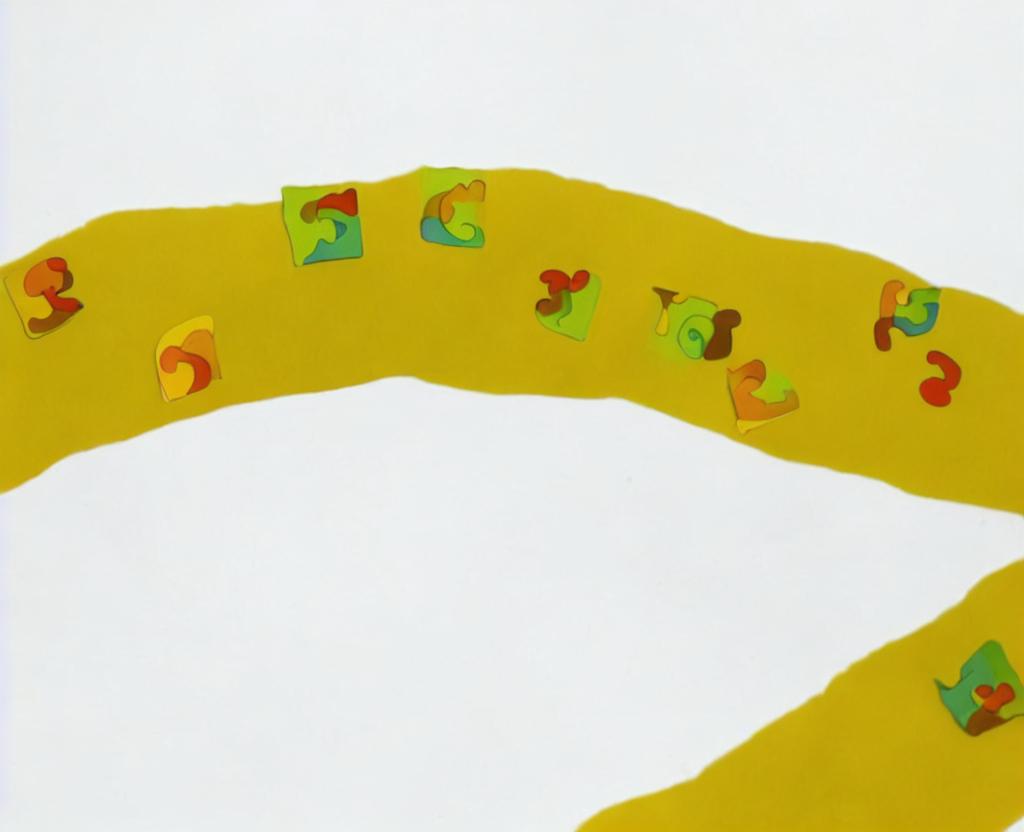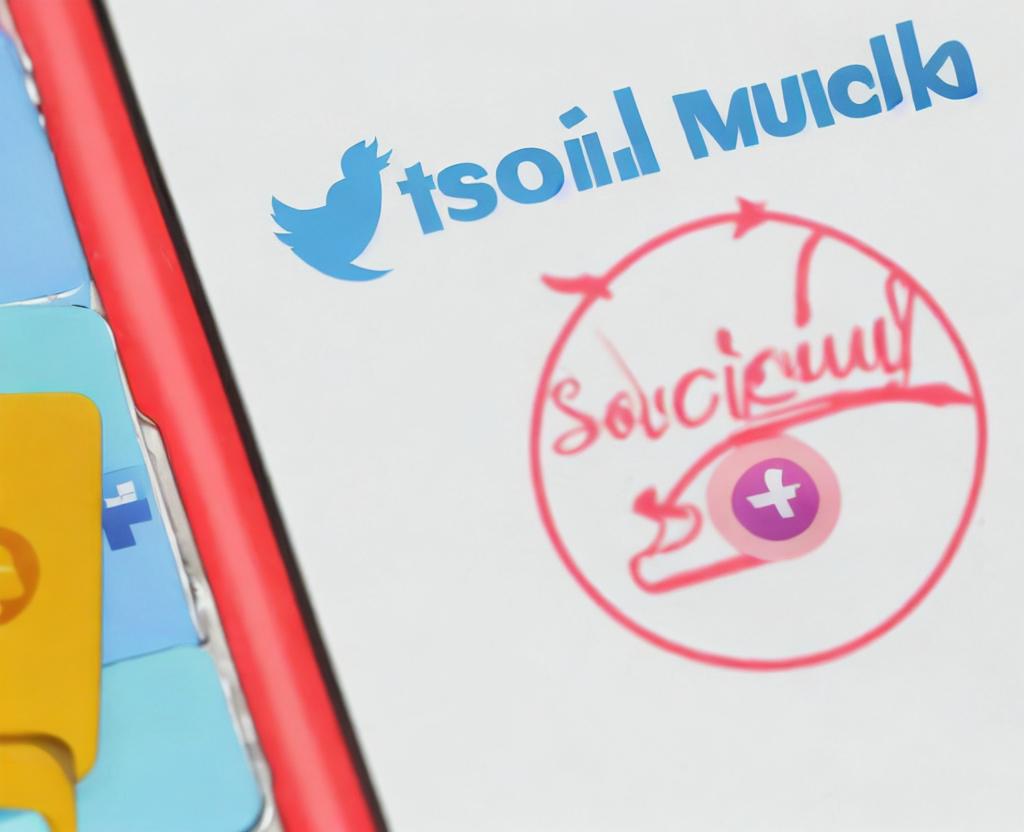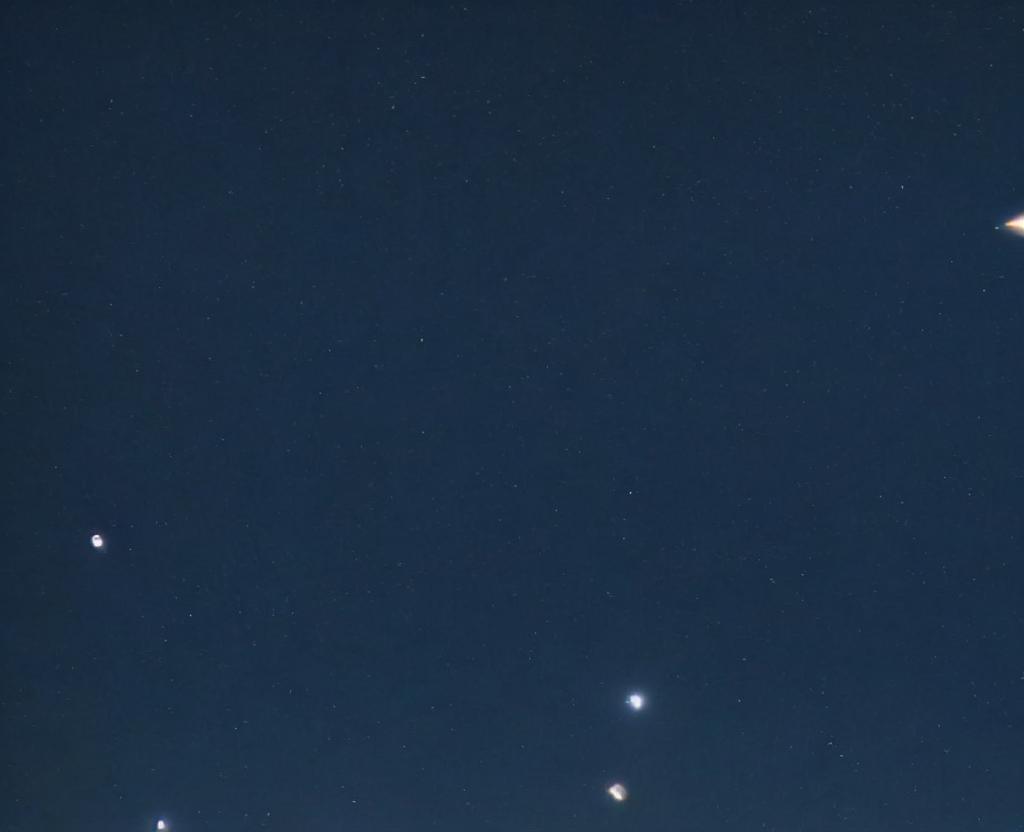
International Asteroid Day
Every year, International Asteroid Day, June 30th, raises public concern about the dangers of an asteroid strike. In the event of a credible near-Earth object event, it's also a day to alert the public that crisis communication steps are still needed.
Any asteroids have even had a companion moon on some asteroids, some asteroids even have a companion moon on some of the planets. These massive objects orbiting the sun consisting of rock, metals, and other parts. The most prominent asteroids are over 300 miles in diameter. The harm would be severe if they were to collide with the Earth.
An asteroid collision would cause environmental effects such as shock waves, heat radiation, earthquakes, and tsunamis. The most recent asteroid count is 958,915.915.915. Both Mars and Jupiter orbit the sun, and the majority of these asteroids orbit the sun. This area is also known as the asteroid belt by scientists. Asteroids are divided into three classes.
Asteroid classes
There are three classes of asteroids, including:
- te) – This most common type of asteroid is composed of clay and silicate rocks. (chondrite) – This most common form of asteroid is composed of clay and silicate rocks
- (stony): This asteroid is of silicate rocks and nickel-iron
- M-type (metallic) – Nickel-iron makes these asteroids, which are composed of nickel-iron
Near-earth asteroids are being closely monitored by scientists. These asteroids are within 28 million miles of the Earth's orbital distance. While this may seem to be a long way away, you should also consider how fast asteroids travel. About 15.5 miles per second is the average asteroid speed of 15.5 miles per second. That's a cruising speed of 930 miles per minute, or 55,800 miles per hour.
According to scientists, a asteroid named Apophis would fly very close to Earth in 2029. According to the asteroid's forecast, the asteroid will be only 25,000 miles from Earth. The bulk of Earth's communications satellites are located within this range. Gravity could cause this asteroid to turn around and collide with Earth in 2036. Because of asteroids and other near-earth objects, scientists believe we must have a space system in place by 2040 that will shield our planet from a potential impact.
How to Observe #internationalasteroidday
On the first Asteroid Day, a petition titled the 100XAsteroid Declaration was launched. Every year, people are encouraged to sign the petition calling for the asteroid discovery rate to 100,000 times a year within the next ten years. You can participate in this day by signing the petition.. With #InternationalAsteroidDay, you can now post this day on social media.
The international asteroid day's history is the first international asteroid day in history
Asteroid Day was credited to four people. Dr. Brian May, an astrophysicist and lead guitarist for the rock band QUEEN, Danica Remy, President of B612 Foundation, Rusty Schweickart, Apollo 9 astronaut, and filmmaker Grig Richters are among the co-founders. Dr. Brian May, an astrophysicist and lead guitarist for the rock band QUEEN, Danica Remy, Rusty Schweickart, Apollo 9 astronaut, and filmmaker Grig Richters The occurrence of the Tundra tragedy was commemorated on June 30th. A mysterious astronomical event in Siberia occurred on June 30th, 1908. The day became known as International Asteroid Day in 2016, with support from the United Nations.



